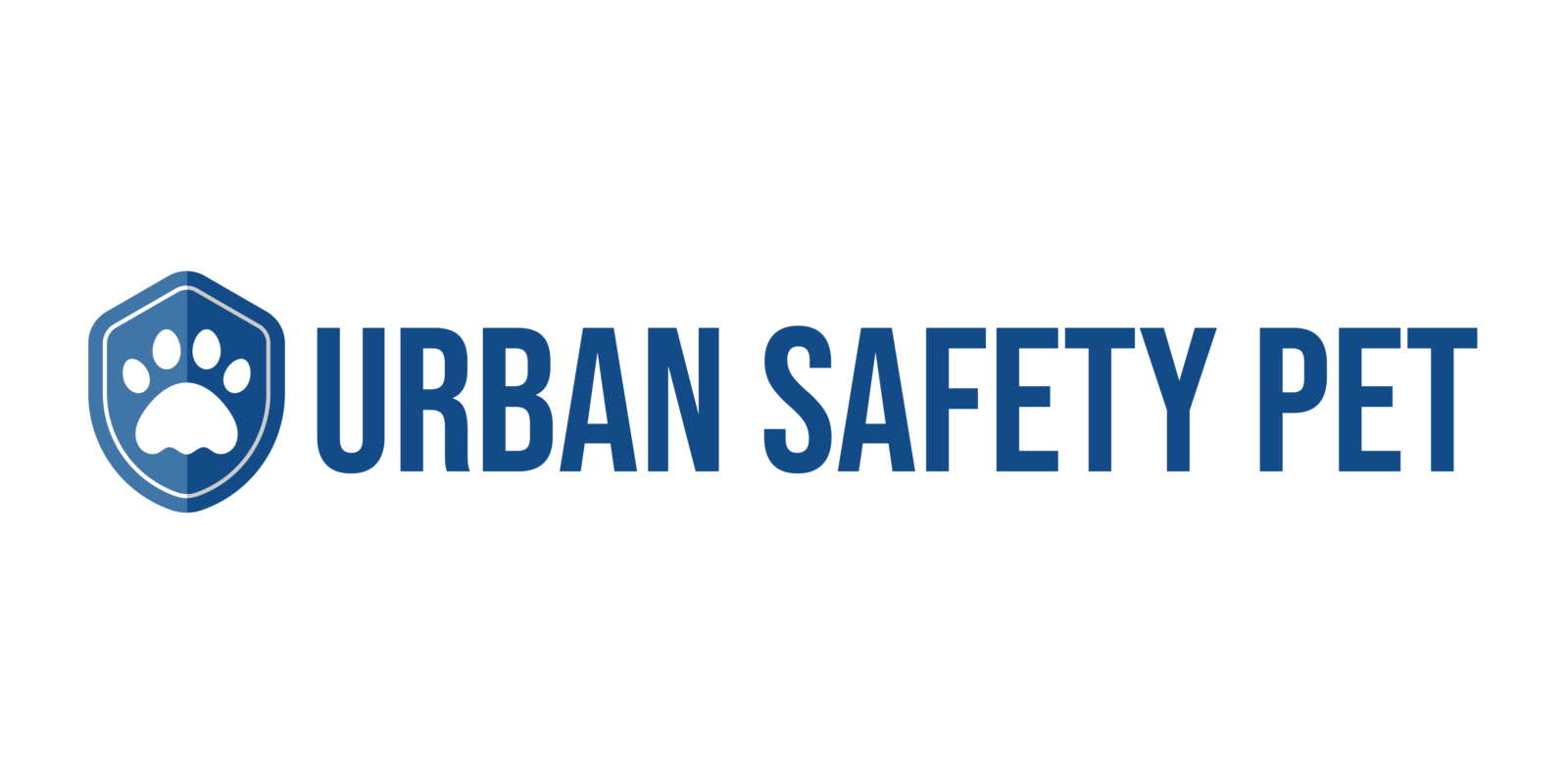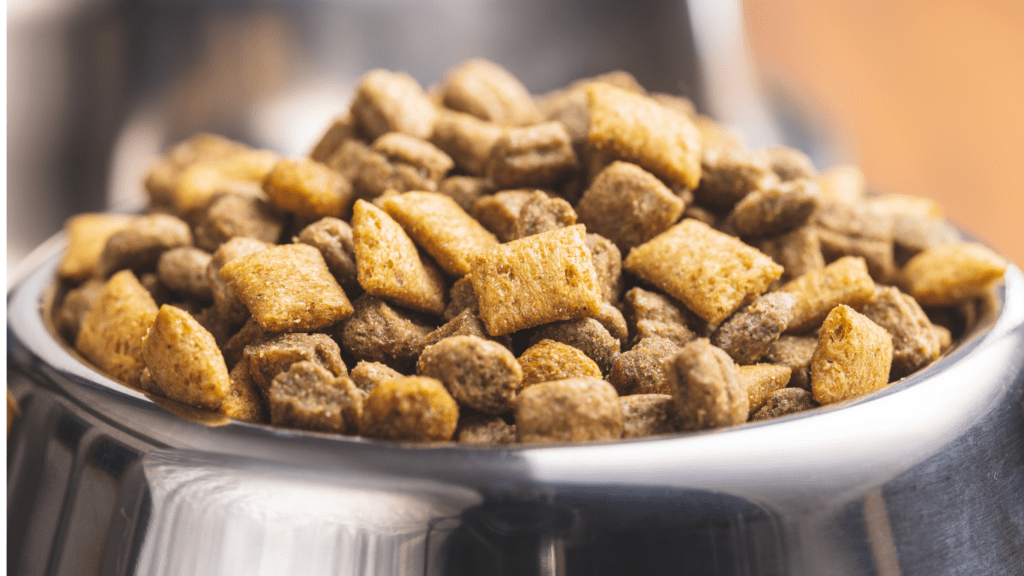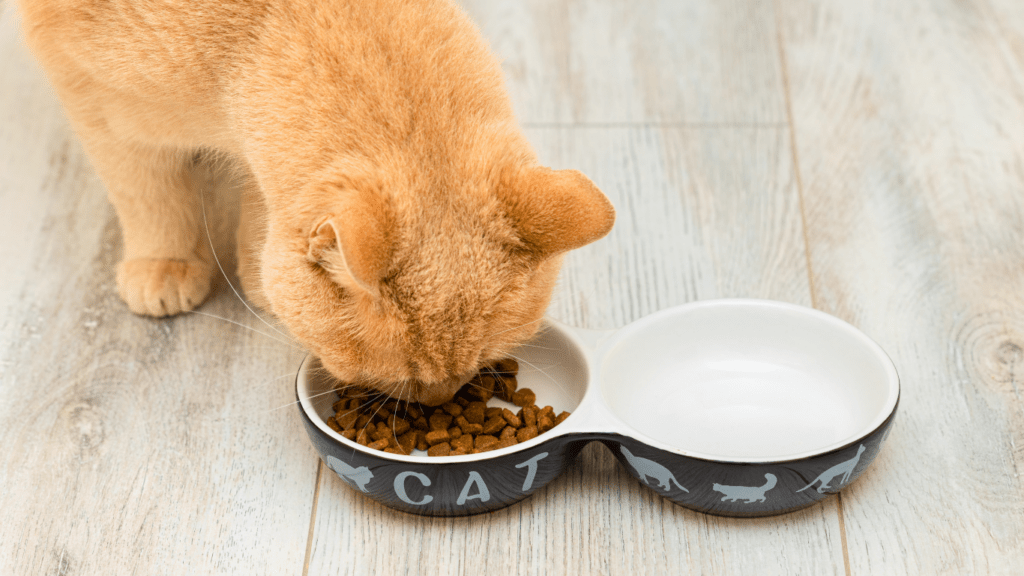The Importance of Reading Pet Food Labels
Understanding pet food labels directly impacts your pet’s health. Manufacturers use specific terms to meet regulatory standards, making it essential to comprehend these labels for informed choices. Without knowing what each ingredient or term means, it’s challenging to ensure your pet’s diet is balanced and nutritionally complete.
Ingredients listed on pet food labels matter because they determine the nutritional value your pets receive. For instance, labels often list ingredients in descending order by weight. This means the first few ingredients make up the majority of the product, making them crucial in assessing quality.
Guaranteed analysis sections provide a breakdown of nutritional content. You’ll see percentages for crude protein, crude fat, crude fiber, and moisture. These figures help evaluate if the nutrient levels meet your pet’s dietary needs.
Pet food labels also include feeding guidelines, offering recommended portions. These are typically based on weight and activity level. While these guidelines give a starting point, adjustments may be necessary based on your pet’s individual needs.
Affiliations with organizations such as the Association of American Feed Control Officials (AAFCO) usually indicate adherence to nutritional standards. Products meeting AAFCO’s requirements often display statements like “complete and balanced,” signifying they provide all essential nutrients.
By reading and understanding pet food labels, I assure my pets get the necessary nutrients for a healthy life. Responsible pet ownership starts with informed decisions about their diet.
Common Terms and Phrases
Understanding common terms and phrases on pet food labels is essential for selecting the right nutrition for pets. These terms provide crucial information about the composition and quality of the pet food.
Ingredients List
The Ingredients List shows all components in the pet food in descending order by weight. Ingredients listed first are present in the largest amounts. Always check for high-quality sources of protein like chicken, lamb, or fish. Avoid vague terms such as “meat by-products” as they can indicate lower-quality ingredients. Always note if any allergens, like corn or soy, are present.
Guaranteed Analysis
The Guaranteed Analysis offers a breakdown of nutrients found in the pet food. This includes the minimum percentages of crude protein and fat and the maximum percentages of crude fiber and moisture. For example, a label might show 25% crude protein and 15% crude fat. Guaranteed analysis doesn’t account for nutrient digestibility or quality, so it’s important to consider the whole label when evaluating pet food quality.
Decoding Nutritional Information
Understanding the nutritional information on pet food labels helps make better choices for pet health. Key components to consider are protein, fats, and carbohydrates.
Protein Content
Protein is essential for muscle maintenance and overall growth in pets. Look for specific sources like:
- chicken
- beef
- fish
When “meat meal” is listed, it indicates a concentrated protein source. The protein content percentage reflects the product’s protein level, but digestibility can vary. Higher protein percentages do not always mean better nutrition. Check for phrases like “crude protein” in the guaranteed analysis section, revealing the minimum protein amount.
Fats and Carbohydrates
Fats provide energy and support healthy skin and coat. Common sources include chicken fat, fish oil, or flaxseed. Labels may show the “crude fat” percentage, indicating the minimum fat level. Carbohydrates are not always listed explicitly but often come from grains like corn or rice, and vegetables like potatoes. Ingredients high in carbohydrates offer energy but should be balanced to avoid obesity. Evaluate the ingredient list closely to understand the primary carbohydrate sources.
Understanding Additives and Preservatives

Additives and preservatives ensure the longevity and quality of pet food. Understanding these components helps me make better nutritional choices for my pet.
Artificial vs. Natural
Artificial additives include synthetic preservatives and colorants. Common synthetic preservatives like BHA, BHT, and ethoxyquin extend shelf life but may have health implications. For instance, ethoxyquin keeps fats from becoming rancid but studies suggest potential links to organ damage (PetMD, 2021).
Natural preservatives use plant extracts. Mixed tocopherols, derived from Vitamin E, provide an alternative. Unlike synthetic options, these natural preservatives are less controversial and often considered safer.
Common Additives
- Additives enhance flavor, texture, and nutrient content.
- Flavor enhancers like animal digest improve taste, making food more palatable.
- Texturizers, such as gums and carrageenan, maintain consistency.
- Fortified vitamins and minerals ensure balanced nutrition.
- Calcium propionate, a preservative, inhibits mold growth in dry kibble. However, overreliance on these additives could mask poor ingredient quality.
Understanding these components empowers me to choose better food for my pet, ensuring they receive optimal nutrition without harmful additives and preservatives.
Regulations and Standards
Pet food labels follow stringent regulations to ensure safety and accurate information for consumers.
AAFCO Guidelines
The Association of American Feed Control Officials (AAFCO) sets standards for pet food in the US. I rely on AAFCO guidelines for nutrient profiles, which ensure balanced diets for pets.
Their guidelines cover protein, fat, vitamins, and minerals, ensuring products meet minimum requirements for essential nutrients. AAFCO also defines labeling terms like “complete and balanced,” a claim that means the product meets nutritional levels established by the AAFCO Dog or Cat Food Nutrient Profiles.
Labeling Requirements
Pet food labels must comply with federal and state regulations to provide complete and accurate information. Labels should list ingredients in descending order by weight, showing the primary content first.
The guaranteed analysis section displays percentages of crude protein, fat, fiber, and moisture—crucial for evaluating nutritional value. Other mandatory parts include the manufacturer’s name and address, feeding directions, and product weight. Accurate labeling helps me make informed decisions about my pet’s diet.
Tips for Choosing the Right Pet Food
Selecting the right pet food can be challenging, yet it’s crucial for your pet’s health. Consider these tips to make an informed choice.
Considering Your Pet’s Needs
Every pet has unique dietary requirements based on age, size, breed, and activity level. Puppies and kittens need higher protein and fat levels for growth, while senior pets may require fewer calories.
Always check the first five ingredients since they constitute the bulk of the product. Ingredients like named meats (chicken, beef, lamb) indicate quality protein sources. Also, look for essential nutrients like omega-3 fatty acids and DHA for a shiny coat and brain health.
Avoiding Marketing Gimmicks
Marketing tactics often mislead pet owners. Labels like “premium” or “gourmet” aren’t regulated and don’t guarantee superior quality. Focus on the ingredient list and nutritional adequacy statement instead.
Be wary of “grain-free” foods unless your pet has a specific grain allergy since grains provide valuable nutrients. Always check for an AAFCO statement to ensure the food meets nutritional standards. Avoid foods with excessive fillers like corn and soy, as these offer limited nutritional value.
Following these tips helps ensure you choose a healthy, balanced diet for your furry friend.




